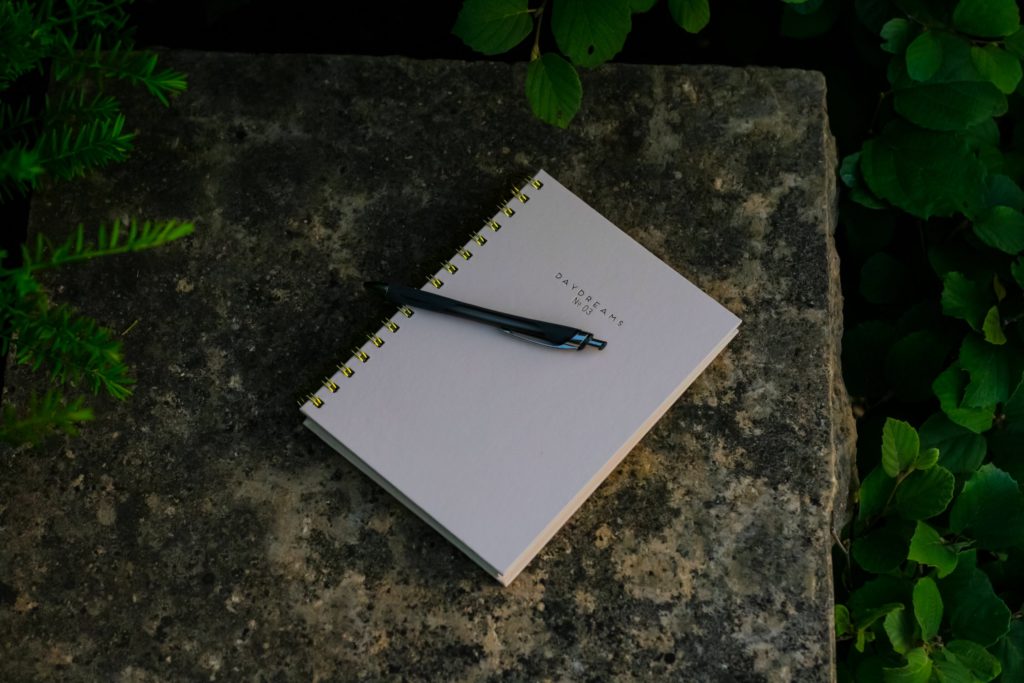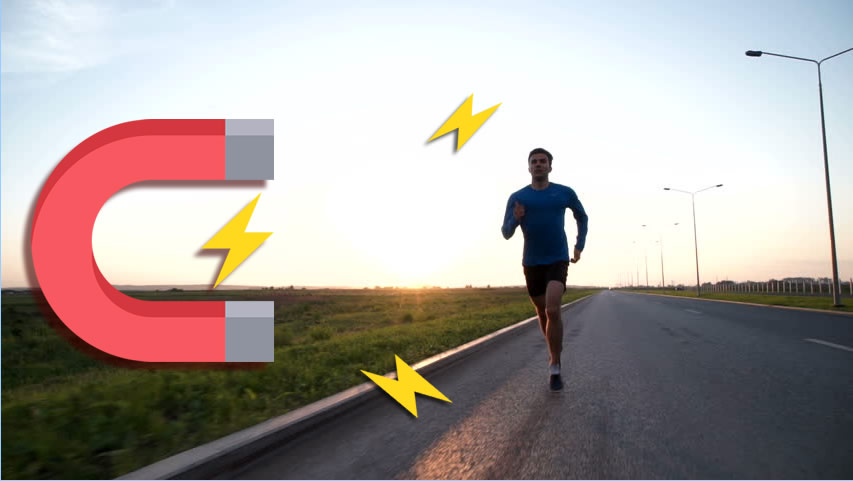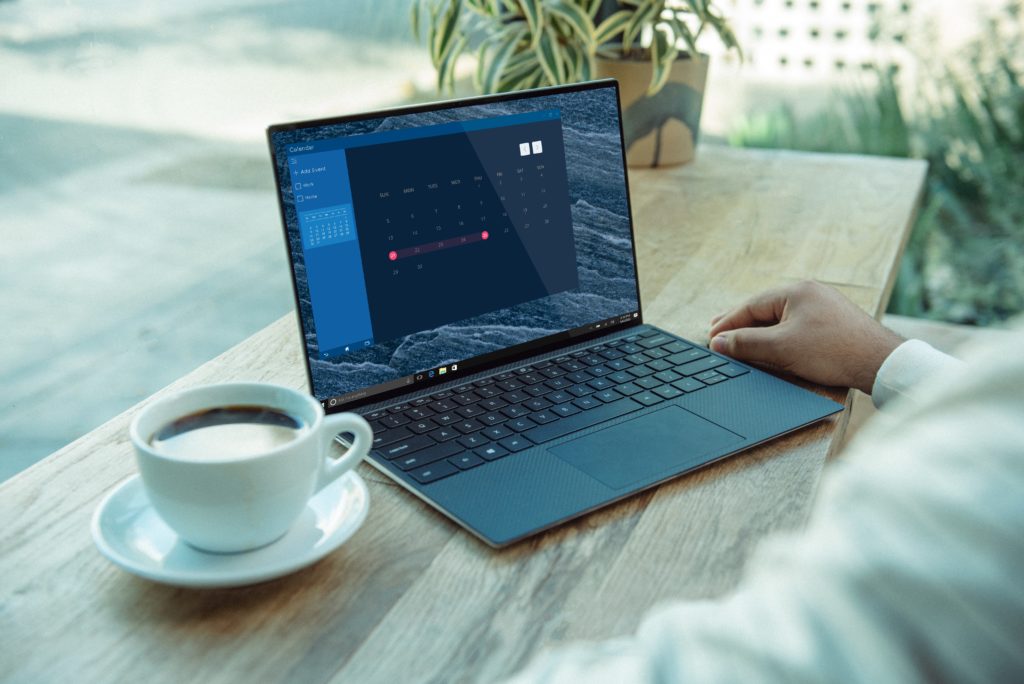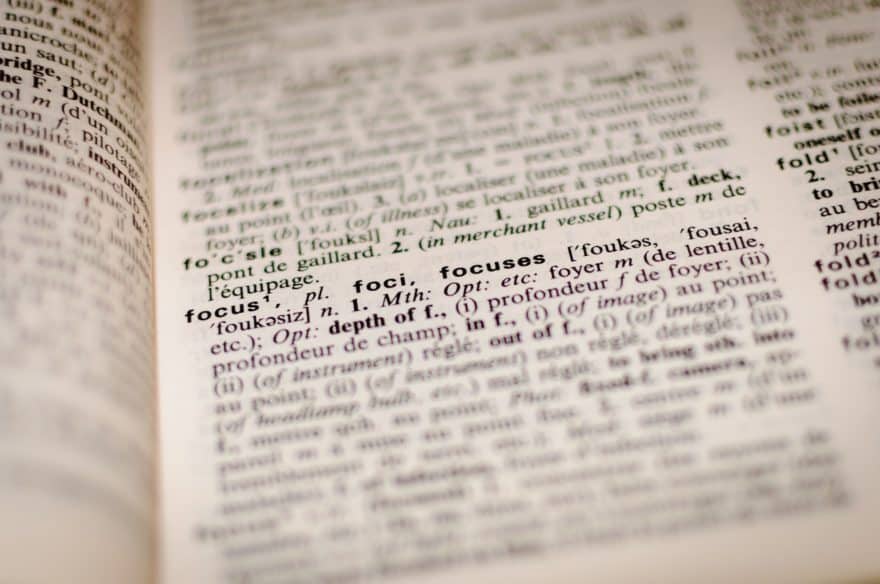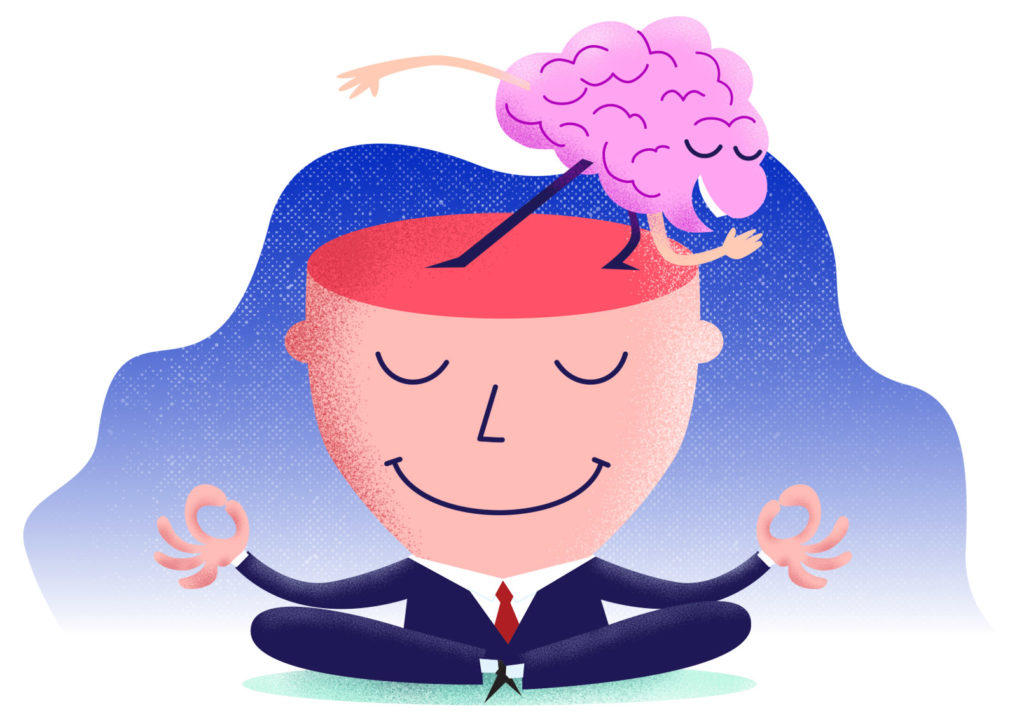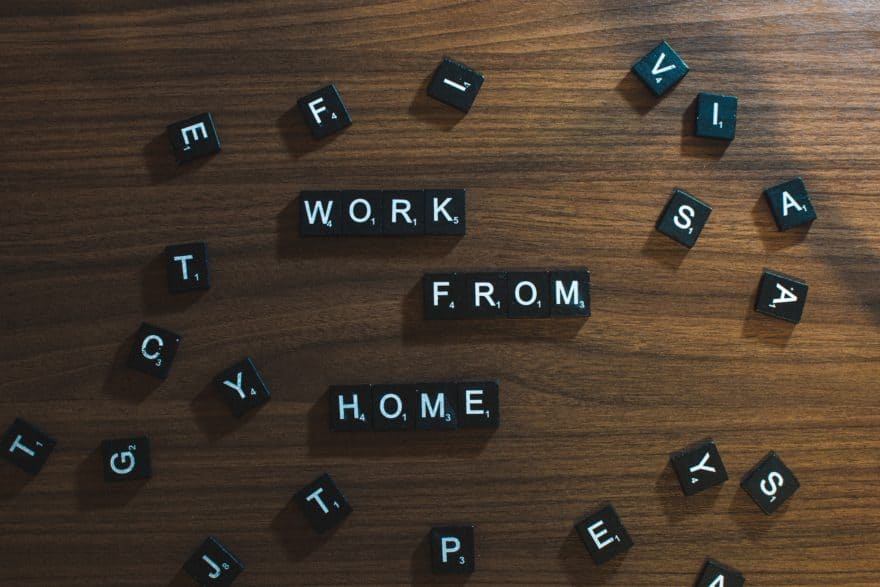A couple weeks back on the podcast we chatted all about the productivity benefits of capturing ideas and served up a buffet of techniques on how to do just that. This week’s episode looks at how you can generate ideas in the first place.
Some problems require us to hunker down and apply reason and logic until a way forward becomes clear. Others require larger leaps in thinking and a spoonful of creativity. They demand that we puzzle piece together disparate pieces of knowledge, experiences, and conversations to come up with a new way to overcome the impasse.
Problems like this are best solved with a wandering mind. It may seem counterintuitive, but setting your focused work aside to let your mind rest and wander is scientifically-proven to be one of the best things you can do for your productivity.
When it comes to generating ideas, research shows that a wandering mind elevates our creative thinking to a league of its own. When we give our mind time to wander, it visits many destinations: 48% of the time it thinks about the future, 28% of the time it’s in the present, and 12% is spent reflecting on the past (in the remaining moments, your mind is typically blank or not mulling over anything in particular).
This pondering of the future is when you become more intentional about future goals. In fact, research says we’re 14 times more likely to think about our goals when our mind is wandering versus when it’s focused.
By keeping your goals or the problem you need to solve in mind, and then bouncing between the future, present, and past, your mind connects ideas from all three mental destinations. At the same time, it’s given the time to rest and plan—something that’s even more valuable in the time of a global pandemic. (If you’re interested in reading more about this, my second book, Hyperfocus, does a deep dive into the science behind this wandering mental mode called scatterfocus. I also dig into this mode in this talk!)
So how exactly do you get your mind to wander? There are three modes you can use: capture mode, problem crunching mode, and habitual mode.
Capture mode is the best at capturing what’s on your mind—all the things you’re waiting on, the stuff you’ve got to do, what you’re making for dinner… Let your mind wander and log the ideas that pop to mind as you stroll through those mental corridors. Sitting somewhere with a notepad works well for this.
Problem crunching mode is great for digesting specific problems where you’ve reached some sort of impasse. Like a sculpture at an art gallery, think of that problem as something worth roaming around. Examine it from different angles, maybe check out another exhibition, and return to it later. Ideas are much more likely to come to you this way versus if you were to focus intently for hours on end. Episode 35 of the podcast explored how sleeping on an idea can have the same effect as allowing your mind to wander.
Then, there’s habitual mode, my all-time favorite way to generate new ideas. Just as it sounds, this mental mode involves going about a habit that doesn’t fill your attention to the brim. Bake cookies, make coffee, take a shower, go for a phone-free stroll—anything that will give you a bit of a mental breather.
It’s in habitual mode where we generate the greatest number of ideas and creative insights (remember to capture them!). Plus it’s more fun because you get a mental vacation from focusing on an all-consuming task.
The next time you’re stuck on a problem, let your mind wander. You’re more likely to break through the impasse and come out the other side feeling well-rested and full of ideas for the future.
The post 3 ways to generate more ideas appeared first on A Life of Productivity.
Podcast can be found here:
https://media.blubrry.com/becomingbetter/content.blubrry.com/becomingbetter/BB45_Generating_Ideas.mp3
